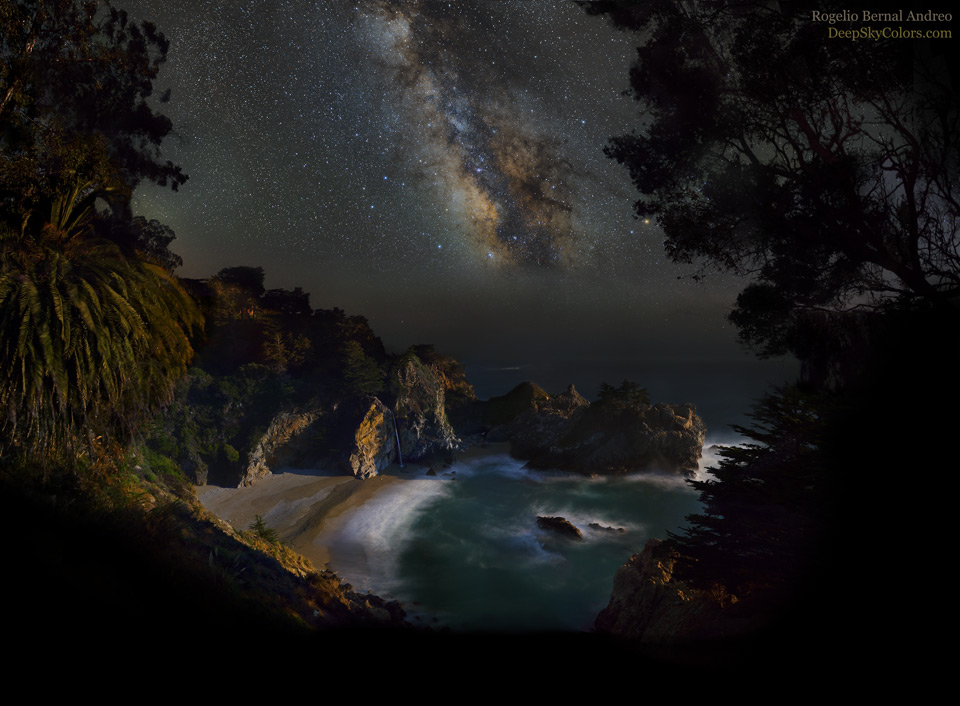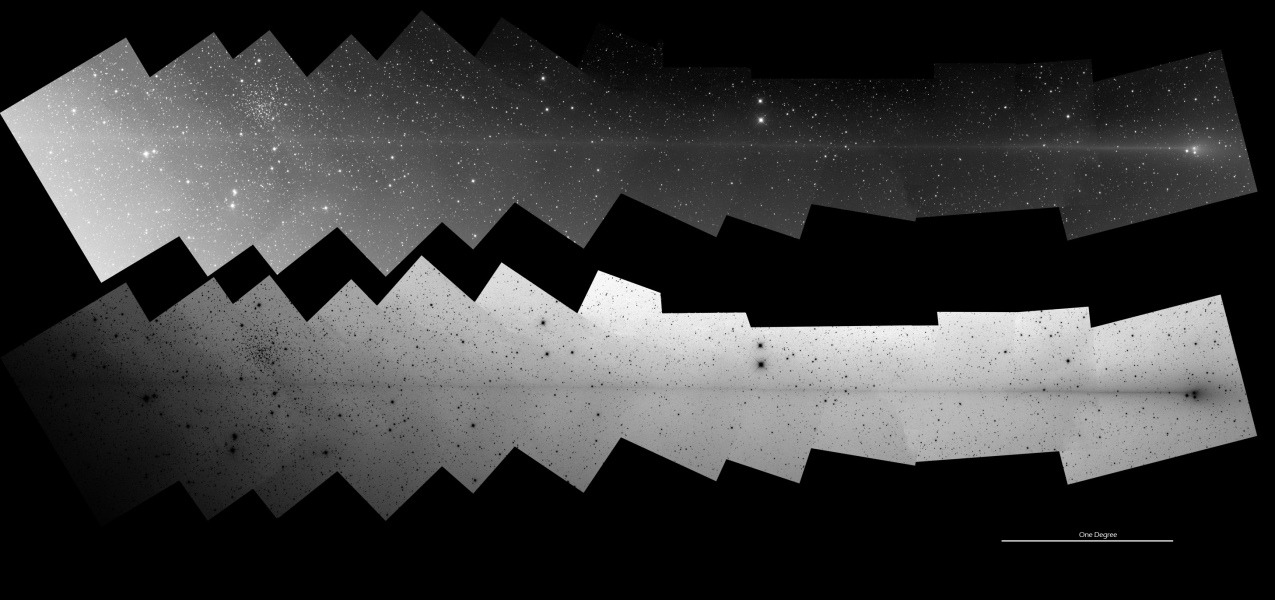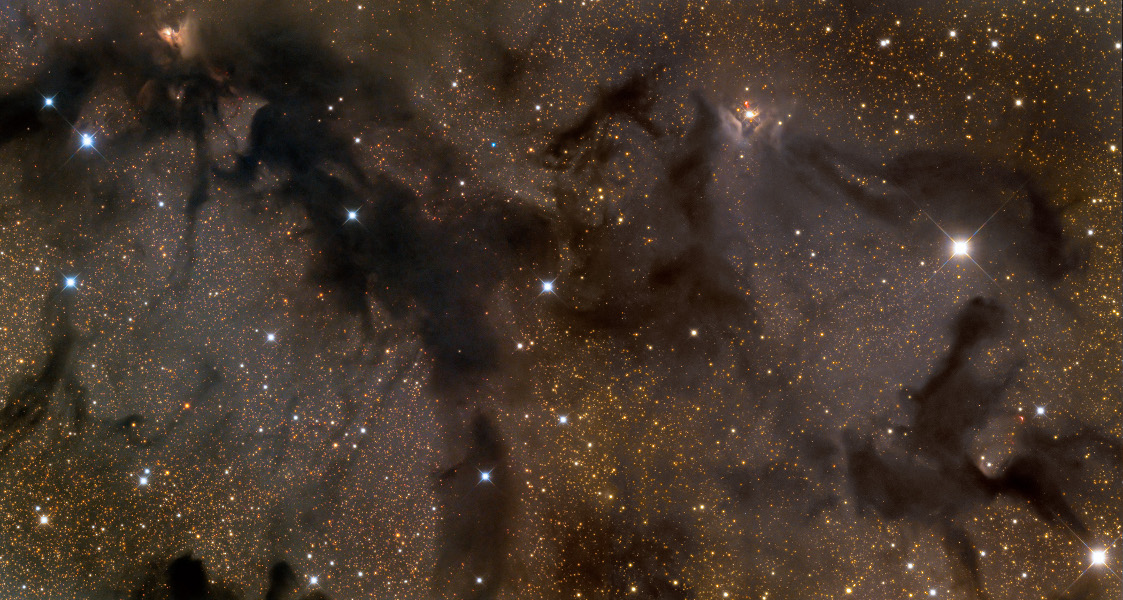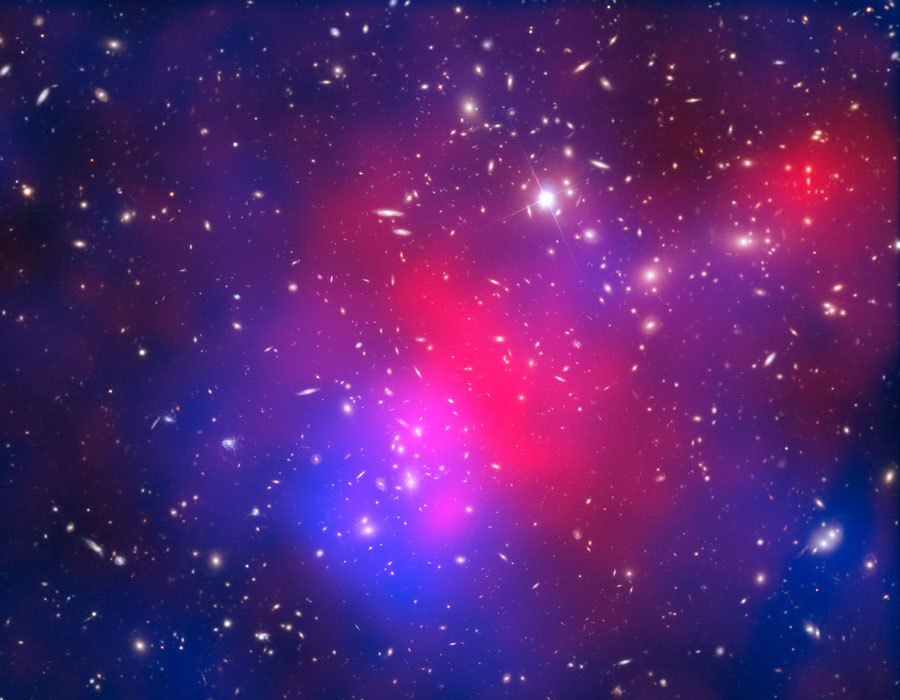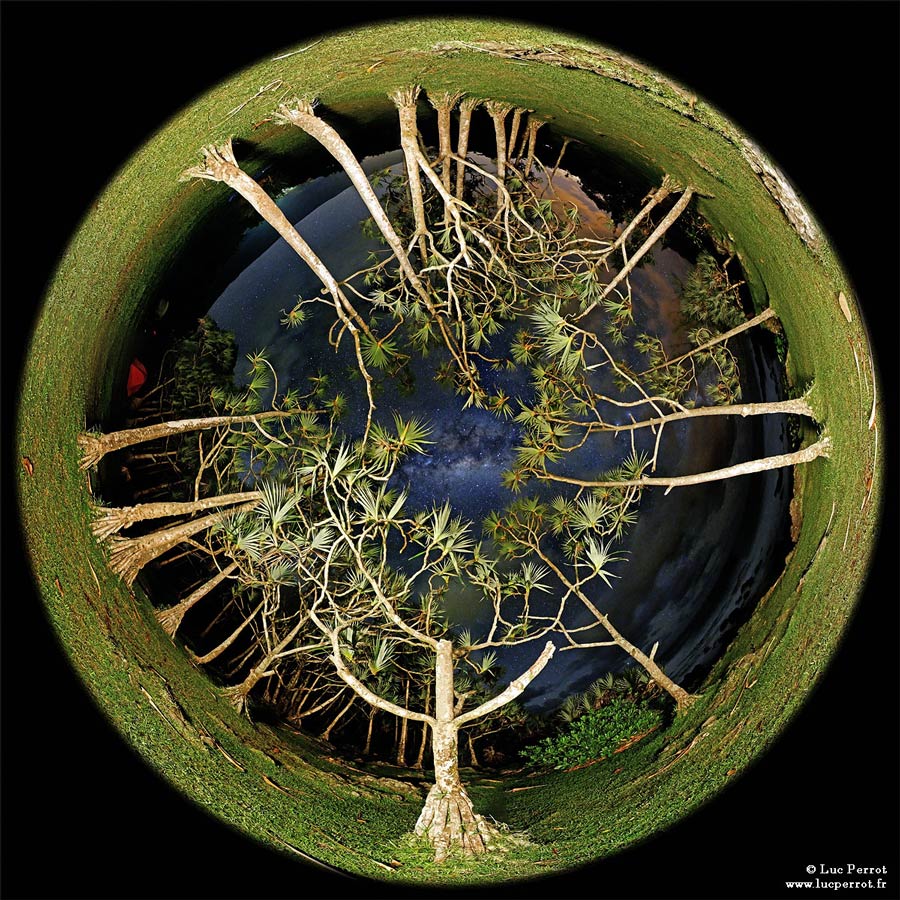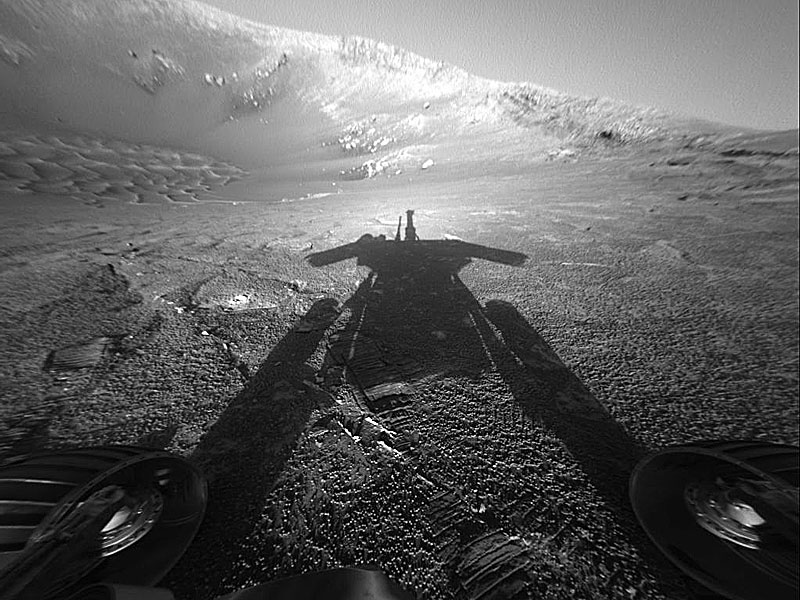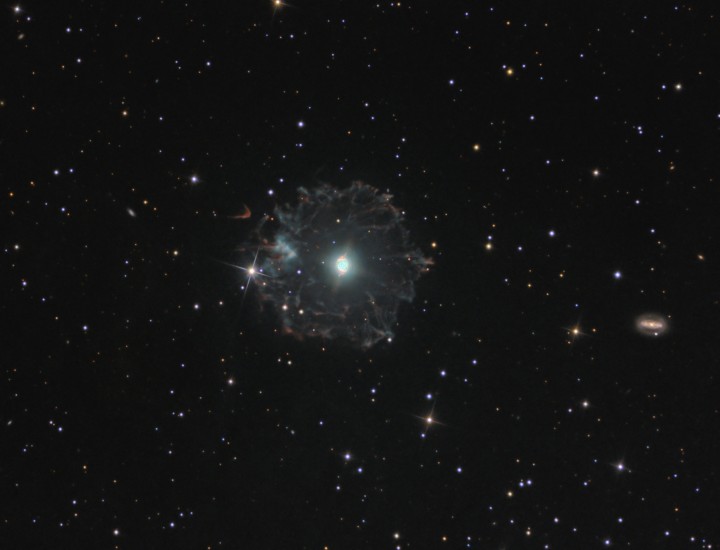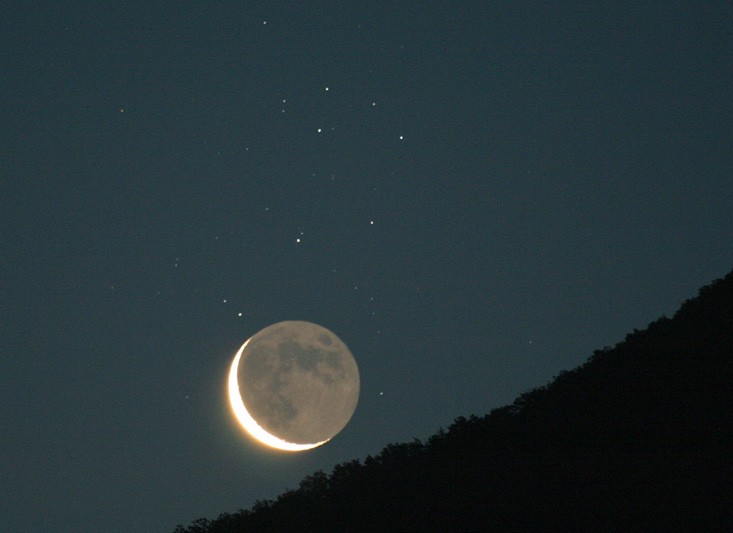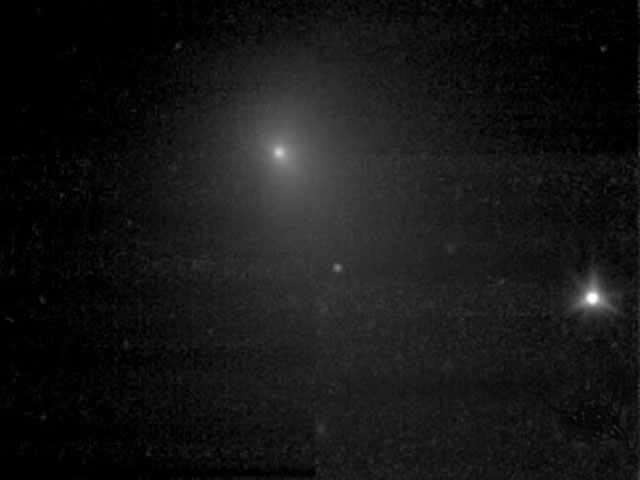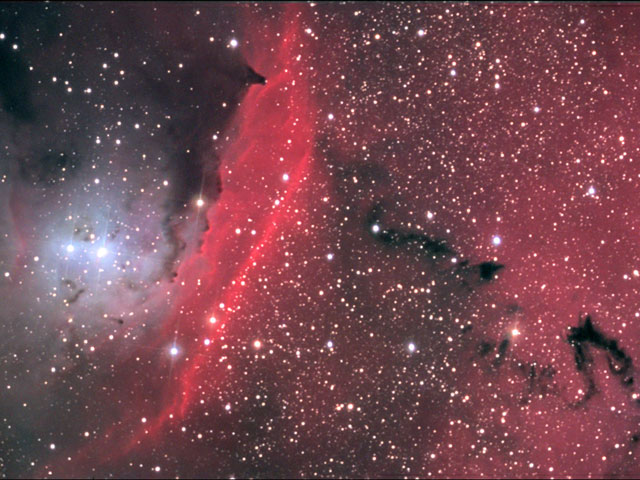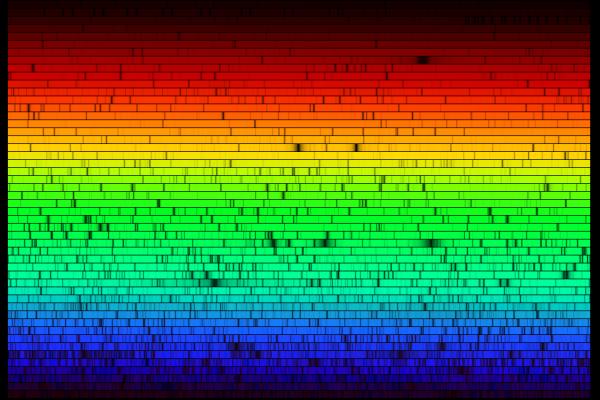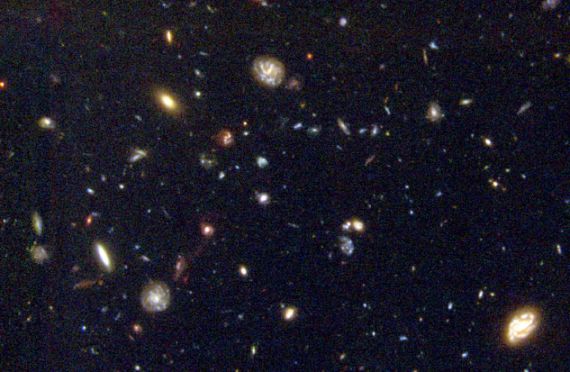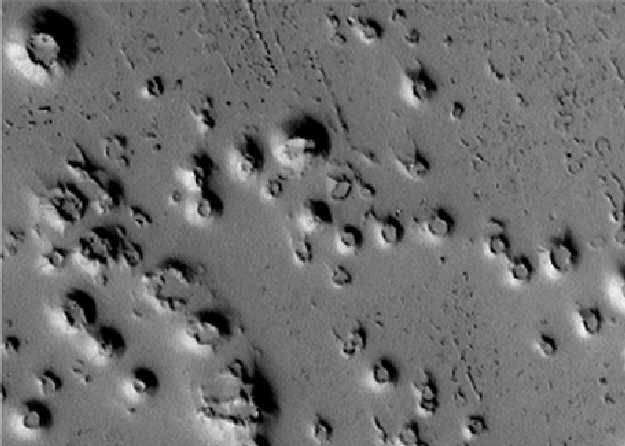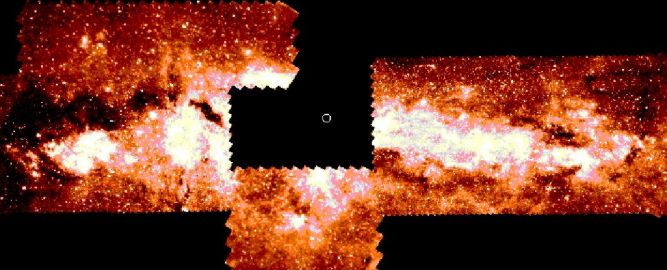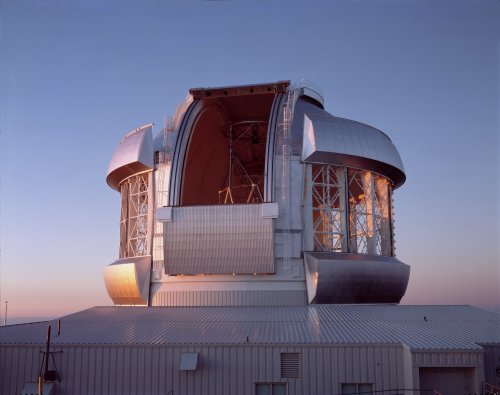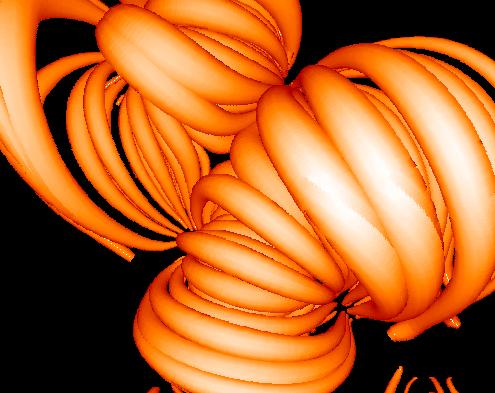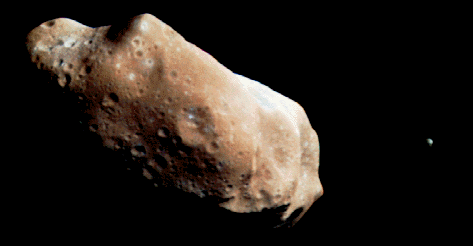| << Previous | Index | Next >> |
2015
Click to play embedded YouTube video.
Images Credit: NASA, SDO; Video compilation & Copyright: Stanislav Korotkiy (AstroAlert) & Mikhail Chubarets;
Music: Pas de Deux (Bird Creek)
Music: Pas de Deux (Bird Creek)
2014 To see a vista like this takes patience, hiking, and a camera. Patience was needed in searching out just the right place and waiting for just the right time. A short hike was needed to reach this rugged perch above a secluded cove in Julia Pfeiffer Burns State Park in California, USA. And a camera was needed for the long exposure required to bring out the faint light from stars and nebulae in the background Milky Way galaxy. Moonlight illuminated the hidden beach and inlet behind nearby trees in the above composite image taken last month. Usually obscured McWay Falls is visible just below the image center, while the Pacific Ocean is in view to its right. The above image is a high-resolution sequel to a similar image that appeared last year.
2013 Once known as Earth's sunset comet, PanSTARRS (C/2011 L4) is up all night now, but only for northern hemisphere skygazers. Telescopes are required to track its progress as it fades and heads for the outer solar system. But because planet Earth passed through the comet's orbital plane in late May, PanSTARRS will also be remembered for its remarkably long anti-tail. That edge-on perspective looking along the broad, fanned-out dust tail as it trailed behind the comet created the appearance of an anti-tail pointing in the sunward direction, back toward the inner solar system. Recorded on the night of May 27, this 13 pane mosaic (shown in positive and negative views) follows PanSTARRS' anti-tail as it stretches over 7 degrees from the comet's coma at the far right. The anti-tail was likely much longer, but gets lost in the evening's bright moonlight encroaching on the left edge of the scene. Background star cluster NGC 188 in Cepheus shows up along the way, near top left.
2012 Part of a dark expanse that splits the crowded plane of our Milky Way galaxy, the Aquila Rift arcs through the northern hemisphere's summer skies near bright star Altair and the Summer Triangle. In silhouette against the Milky Way's faint starlight, its dusty molecular clouds likely contain raw material to form hundreds of thousands of stars and astronomers eagerly search the clouds for telltale signs of star birth. This telescopic close-up looks toward the region at a fragmented Aquila dark cloud complex identified as LDN 673, stretching across a field of view slightly wider than the full moon. In the scene, visible indications of energetic outflows associated with young stars include the small red tinted nebulosity RNO 109 at top left and Herbig-Haro object HH32 above and right of center. The dark clouds in Aquila are estimated to be some 600 light-years away. At that distance, this field of view spans about 7 light-years.
2011 Why is this cluster of galaxies so jumbled? Far from a smooth distribution, Abell 2744 not only has knots of galaxies, but the X-ray emitting hot gas (colored red) in the cluster appears distributed differently than the dark matter. The dark matter, taking up over 75 percent of the cluster mass and colored blue in the above image, was inferred by that needed to create the distortion of background galaxies by gravitational lensing. The jumble appears to result from the slow motion collision of at least four smaller galaxy clusters over the past few billion years. The above picture combines optical images from the Hubble Space Telescope and the Very Large Telescope with X-ray images from the Chandra X-Ray Observatory. Abell 2744, dubbed Pandora's cluster, spans over two million light years and can best be seen with a really large telescope toward the constellation of the Sculptor.
2010 Is beauty in the eye of this beholder? Earlier this month, over Réunion Island in the Indian Ocean, a playful photographer with an eye for the sky took eight images and composed the above intriguing picture. The full fisheye frame shows everything above the horizon, including a lamp-illuminated landscape around the edges, and the zenith of the sky directly overhead. The image, however, may be more than beautiful -- it may also be a scavenger hunt. Can you find the photographer's tent, the slope of a volcano (active Piton de la Fournaise), a picturesque shoreline, and the lights of the nearby town (Saint Philippe)? One remarkable feature of the above image is that its center contains the very center of our Milky Way Galaxy.
2009
Click to play embedded YouTube video.
Credit & Copyright: SELENE Team, JAXA, NHK
2008 What if you saw your shadow on Mars and it wasn't human? Then you might be the Opportunity rover currently exploring Mars. Opportunity and sister robot Spirit have been probing the red planet since early 2004, finding evidence of ancient water, and sending breathtaking images across the inner Solar System. Pictured above, Opportunity looks opposite the Sun into Endurance Crater and sees its own shadow. Two wheels are visible on the lower left and right, while the floor and walls of the unusual crater are visible in the background. Opportunity and Spirit have now spent over four years exploring the red world, find new clues into the wet ancient past of our Solar System's second most habitable planet.
2007 The Cat's Eye Nebula (NGC 6543) is one of the best known planetary nebulae in the sky. Its more familiar outlines are seen in the brighter central region of this impressive wide-angle view. But the composite image also combines many short and long exposures to reveal the nebula's extremely faint halo. At an estimated distance of 3,000 light-years, the faint outer halo is over 5 light-years across. Planetary nebulae have long been appreciated as a final phase in the life of a sun-like star. More recently, some planetary nebulae are found to have halos like this one, likely formed of material shrugged off during earlier episodes in the star's evolution. While the planetary nebula phase is thought to last for around 10,000 years, astronomers estimate the age of the outer filamentary portions of this halo to be 50,000 to 90,000 years. Visible on the right, some 50 million light-years beyond the Cat's Eye, lies spiral galaxy NGC 6552.
2006 An old crescent Moon shares the eastern sky over Menton, France with the sister stars of the Pleiades cluster in this early morning skyscape recorded just last Friday, June 23rd. (Bright Venus was also near the eastern horizon, but is not pictured here.) Astronomical images of the well-known Pleiades often show the cluster's alluring blue reflection nebulae, but they are washed out here by the bright moonlight. Still, while the crescent Moon is overexposed, surface features can be seen on the dim lunar night side illuminated by earthshine - light from sunlit planet Earth. Of course, you can spot a young crescent Moon in the early evening sky tonight. Having left the Pleiades behind, a lovely lunar crescent now appears in the west, lining up with planets Mars, Saturn, and Mercury along the solar system's ecliptic plane.
2005 The Deep Impact spacecraft continues to close on Comet Tempel 1, a comet roughly the size of Manhattan. Early on July 3 (EDT), the Deep Impact spacecraft will separate in to two individual robotic spaceships, one called Flyby and the other called Impactor. During the next 24 hours, both Flyby and Impactor will fire rockets and undergo complex maneuvers in preparation for Impactor's planned collision with Comet Tempel 1. On July 4 (1:52 am EDT) if everything goes as scheduled, the 370-kilogram Impactor will strike Tempel 1's surface at over 14,000 kilometers per hour. Impactor will attempt to photograph the oncoming comet right up to the time of collision, while Flyby photographs the result from nearby. The above image was taken on 19 June from about 13 million kilometers out and used to help identify the central nucleus of the comet inside the diffuse coma. Telescopes around the Earth, including the Hubble Space Telescope, will also be closely watching the distant silent space ballet. The result may give crucial information about the structure of comets and the early history of our Solar System.
2004 Bright gas and dark dust permeate the space between stars in the center of a nebula known as NGC 6559. The gas, primarily hydrogen, is responsible for the diffuse red glow of the emission nebula. As energetic light from neighboring stars ionizes interstellar hydrogen, protons and electrons recombine to emit light of very specific colors, including the red hue observed. Small dust particles reflect blue starlight efficiently and so creates the blue reflection nebulosity seen near two of the bright stars. Dust also absorbs visible light, causing the dark clouds and filaments visible. NGC 6559 lies about 5000 light-years away toward the constellation of Sagittarius.
2003 It is still not known why the Sun's light is missing some colors. Shown above are all the visible colors of the Sun, produced by passing the Sun's light through a prism-like device. The above spectrum was created at the McMath-Pierce Solar Observatory and shows, first off, that although our yellow-appearing Sun emits light of nearly every color, it does indeed appear brightest in yellow-green light. The dark patches in the above spectrum arise from gas at or above the Sun's surface absorbing sunlight emitted below. Since different types of gas absorb different colors of light, it is possible to determine what gasses compose the Sun. Helium, for example, was first discovered in 1870 on a solar spectrum and only later found here on Earth. Today, the majority of spectral absorption lines have been identified - but not all.
2002 This deep view of the cosmos is the sequel to the 1995 hit Hubble Space Telescope Deep Field. Billed as the Hubble Deep Field South, it was produced by pointing the space telescope toward a patch of sky in the southern constellation Tucana. Over a period of 10 days, many separate exposures were accumulated and combined to reveal progressively fainter galaxies. The original deep field was constructed by observing a piece of sky in the northern constellation Ursa Major. Both stare down 12 billion light-year long tunnels to far-off and still mysterious times when young galaxies inhabited an infant universe. Hubble Deep Field South observations were released to an enthusiastic audience on November 23, 1998.
2001 What causes these unusual cone-shaped features on Mars? Spanning an average of only 100 meters at the base, these small cones appear near massive Martian volcanoes such as Olympus Mons. Near the cones are also dry channels and eroded banks. Given these clues, some scientists speculate that the cones were formed by lava heating ice lying just below the Martian surface. Lava heated ice would vaporize and expand, punching holes in the cooling lava flow as it escaped. Interestingly, nearby volcanoes may have erupted as recently as 10 million years ago, indicating the equatorial near-ground ice existed in the recent past, and therefore may also exist there today.
2000 Thirty thousand light-years distant, beyond the majestic dust clouds of the constellation Sagittarius, lies the centre of our Milky Way Galaxy. Hidden from optical view by the dust, the Galactic Centre region is a relatively unexplored starscape. But infrared light can more easily penetrate the dust and this recently released Infrared Space Observatory (ISO) mosaic, together with other similar images, shows about 100,000 previously unseen stars of the Milky Way's central regions. Huge obscuring dust clouds still seem to crowd the area especially in the left part of the infrared picture. Marked by the white circle, the centre itself is missing from the mosaic because it is so bright that it would saturate ISO's sensitive camera. The stars are mostly evolved red giants, intrinsically cool, large, bright stars that have swollen after exhausting their central supply of hydrogen fuel. The detailed properties of the red giant stars can be very revealing as these stars contribute to the interstellar gas and dust clouds, enriching their galactic environment with carbon and other elements. Their motions also trace the mass distribution in the Galactic Centre and may support the idea that our Galaxy grew by swallowing smaller, nearby galaxies.
1999 A new mammoth telescope has begun to inspect the northern sky. The 8-meter Gemini North telescope, pictured above, was dedicated last week in Hawaii, with images documenting its unprecedented abilities being released. Within two years, sister telescope Gemini South will begin similar observations of the southern sky from Chile. The Gemini telescopes will collect an enormous amount of visible and infrared light. In the infrared, a Gemini can resolve objects that even appear blurred to the Hubble Space Telescope. To achieve such high resolution, the Gemini's use adaptive optics, a technique that continually flexes Gemini's main mirrors to counteract the defocusing effects of Earth's turbulent atmosphere. A seven-nation collaboration is completing the Geminis under the direction of the US National Science Foundation.
1998 Is that our Sun? The unusual banana-shaped loops shown above are actually part of a computer-generated snap-shot of our Sun's magnetic field. This animated frame was constructed using data from the ground-based U.S. Solar Vector Magnetograph and the space-based Japanese X-Ray Telescope Yohkoh. Surfaces of constant magnetic field strength loop through the Sun's corona, break through the Sun's surface, and connect regions of magnetic activity such as sunspots. Recently, contact has been interrupted with the Sun-watching SOHO satellite. Although SOHO had completed its two year mission, attempts are still being made to re-establish communication.
1997 This asteroid has a moon! The robot spacecraft Galileo currently exploring the Jovian system, encountered and photographed two asteroids during its long journey to Jupiter. The second asteroid it photographed, Ida, was discovered to have a moon which appears as a small dot to the right of Ida in this picture. The tiny moon, named Dactyl, is about one mile across, while the potato shaped Ida measures about 36 miles long and 14 miles wide. Dactyl is the first moon of an asteroid ever discovered. The names Ida and Dactyl are based on characters in Greek mythology. Do other asteroids have moons?
1996 Launched in the summer of 1977, NASA's Voyager 1 and 2 spacecraft are now over 4.5 billion miles from the Sun. Still operational, the Voyagers are being tracked and commanded through the Deep Space Network. Having traveled beyond the outer planets, these remarkable spacecraft are only the third and fourth human built artifacts to escape our solar system, following in the footsteps of Pioneer 10 and 11. A 12-inch gold plated copper disk (pictured) containing recorded sounds and images representing human cultures and life on Earth, is affixed to each Voyager - a message in a bottle cast into the cosmic sea. The recorded material was selected by a committee chaired by Carl Sagan of Cornell University. The disks are intended to be played like a phonograph record at 16 and 2/3 revolutions per second. Cartridge and needle are supplied, along with some simple diagrams (visible above) which represent symbolically the spacecraft's origin and instructions for playing the disk. The exotic construction of the disks should provide them with a long lifetime as they coast through interstellar space. The two spacecraft will not make a close approach to another planetary system for at least 40,000 years.
1995 A double planet? From 4 million miles away on December 16, 1992, NASA's robot spacecraft Galileo took this picture of the Earth-moon system. The bright, sunlit half of the Earth contrasts strongly with the darker subdued colors of the moon. Our moon is one of the largest moons in the solar system. It is even larger than the planet Pluto. In this picture, the Earth-moon system actually appears to be a double planet.
| << Previous | Index | Next >> |
